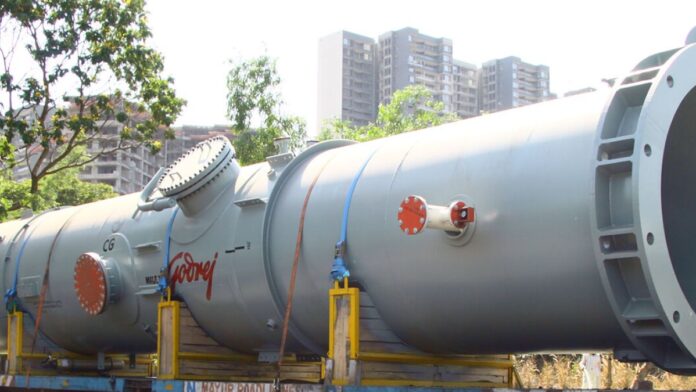Industrial scrubbers have been used in cleaning exhaust steams and removing pollutants in manufacturing plants for several years. They are the best tools for removing contaminants, helping keep harmful pollutants from entering the environment. Their working mechanism allows industrial scrubbers to rid up to 90% of emissions from destructive environmental phenomena.
Therefore, companies must get properly designed industrial scrubbers to effectively and successfully remove contaminants before reaching the atmosphere. It will help the companies comply with the regulating authorities and thus avoid being shut down. To understand more about gas scrubbers, here are what they are and their major types.
What Are Industrial Scrubbers?
These are devices used in industrial manufacturing to help remove pollutants from industrial exhaust streams. These pollutants are harmful when leaked into the environment and cause environmental and other regulatory bodies to shut down a company for violating safety measures. Some of these pollutants include; gasses and particles harmful to human health and the environment. The exhaust steam is designed to pass through the scrubber, where they remove all the harmful pollutants before being released into the atmosphere.
As the name suggests, the industrial scrubber ‘scrubs’ the exhaust steam catching all the pollutants and ridding the steam of all the impurities. Several fabrication engineering industries use industrial scrubbers to aid their operations and make them hygienic and environmentally friendly.
The Working Mechanism Of Industrial Scrubbers
Scrubbers serve a significant purpose; to neutralize harmful components in industrial waste gas or air. In most cases, using a gas scrubber allows the industry to recover certain raw materials once the treatment is over. These scrubbers are versatile in different areas making one of their major advantages for the industries. The installation of the scrubbers works by bringing the gas steam and the washing liquid into contact. This contact leads to the dissolution of some gaseous components, which then remain in the water.
Then, there is the absorption process. These components transfer from a gas state to a liquid form. The extent to which the gaseous components dissolve in the liquid phases is determined by the solubility of those elements in liquid. Therefore, working with the right fluids, the absorption agent is essential. Besides water, several organic and inorganic washing liquids can work perfectly for the same purpose. In such cases, there is a need to add certain microorganisms and chemicals to the washing liquid to help convert or neutralize the dissolved gasses.
Major Types Of Industrial Scrubbers
There are three major types of industrial scrubbers, and they include the following:
Wet Industrial Scrubbers
These are the most common industrial scrubbers, and their popularity continues to rise. They are composite or metal containers that contain liquid in them. As the gas steam passes through this container, the pollutants bind with the water and thus remain in the container. As a result, the purified gas then exits the scrubber. As the name suggests, wet scrubbers use liquid in the purification process. However, this liquid differs depending on the industrial application and the type of pollutants that need removal.
Dry Industrial Scrubbers
These are the opposite of wet scrubbers as they don’t use any form of liquid to absorb the pollutants. Due to this difference, there is no steam production by the reaction and no need for a wastewater system. Instead, these scrubbers have a reaction centre where the dry reaction material or the absorbent absorbing the pollutants mixes with the polluted gas.
Moreover, there is a material component within the system that helps in the removal of the reaction product. It is the dry absorbent that gets bound to the contaminant. Dry industrial scrubbers are mostly used in removing acids found in gasses. And the dry absorbent usually used is made of alkaline slurry. The absorbent can be mixed with the acid in two ways. It leads to the two types of dry industrial scrubbers.
Electrostatic Precipitators
These scrubbers are the most unique compared to the first two because they are filterless equipment. Instead of using at least some material to absorb the contaminants, electrostatic precipitators use an electric field that attracts the pollutants and then traps them inside the machine. The electric field generated either gives the contaminants a negative or positive charge, which then attracts them to the plates in the device, which have the opposite charge.
Electrostatic precipitators are primarily used to trap contaminants like dust particles and smoke. Surprisingly, wet industrial scrubbers can also use an electric charge to attract pollutants. However, for electrostatic precipitators, this is their sole purification method.
Scrubbers are an essential part of fabrication engineering. They are responsible for saving the environment by eliminating all toxic chemicals and acids. Using suitable industrial scrubbers, industrial workers, and administrators can help ensure the environment is safe and that people breathe clean, pure air without pollution.









